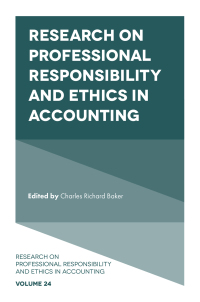Question
Consider a group of 20,000 60 year-old patients recently diagnosed with cardiovascular disease (CD). CD can lead to Congestive Heart Failure (CHF) and death. Each
Consider a group of 20,000 60 year-old patients recently diagnosed with cardiovascular disease (CD). CD can lead to Congestive Heart Failure (CHF) and death. Each year, patients with CD have a 80% chance of staying in that state, 15% chance of developing CHF, and a 5% chance of dying (e.g, heart attack). Furthermore, patients diagnosed with CHF during a previous year have a 60% chance of surviving in the CHF state and a 40% chance of dying each year. Death is thus an "absorbing state", which once entered, cannot be left. The expected utility value for patients living with CD is 0.6, 0.4 for those living with CHF, and 0 for death.
a. Create a decision tree showing the possible outcomes at the end of the first and second years for the 20,000 patients who begin year 1 with CD. At the end of years 1 and 2, how many patients will still have CD? How many will have CHF ? How many will have died?
b. What is the expected number of QALYs an individual who begins year 1 with CD can expect to enjoy at the end of year 2?
c. In the 10th year, how many patients do you estimate will be in each state? What is the expected number of QALYs per patient at the end of 10 years? How many life years per patient?
d. Assume that, regardless of whether or not the individual is currently living with CD or CHF, all remaining survivors will die at the end of year 15. What is the life expectancy and quality-adjusted life expectancy for a patient who begins with CD.
Step by Step Solution
There are 3 Steps involved in it
Step: 1

Get Instant Access to Expert-Tailored Solutions
See step-by-step solutions with expert insights and AI powered tools for academic success
Step: 2

Step: 3

Ace Your Homework with AI
Get the answers you need in no time with our AI-driven, step-by-step assistance
Get Started


